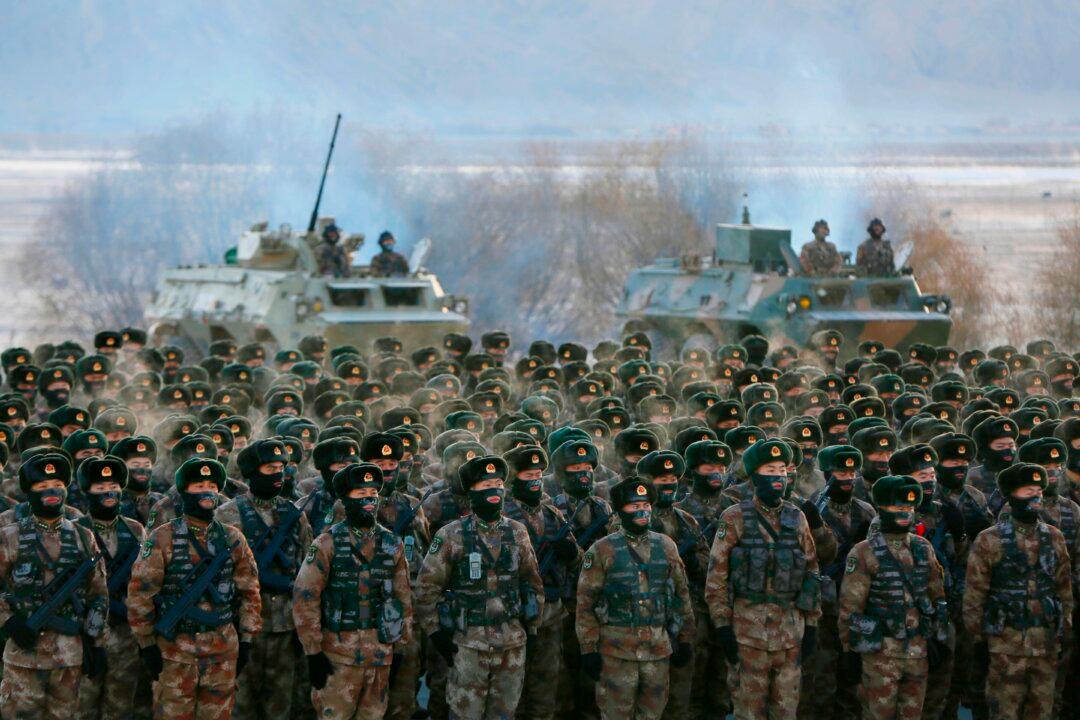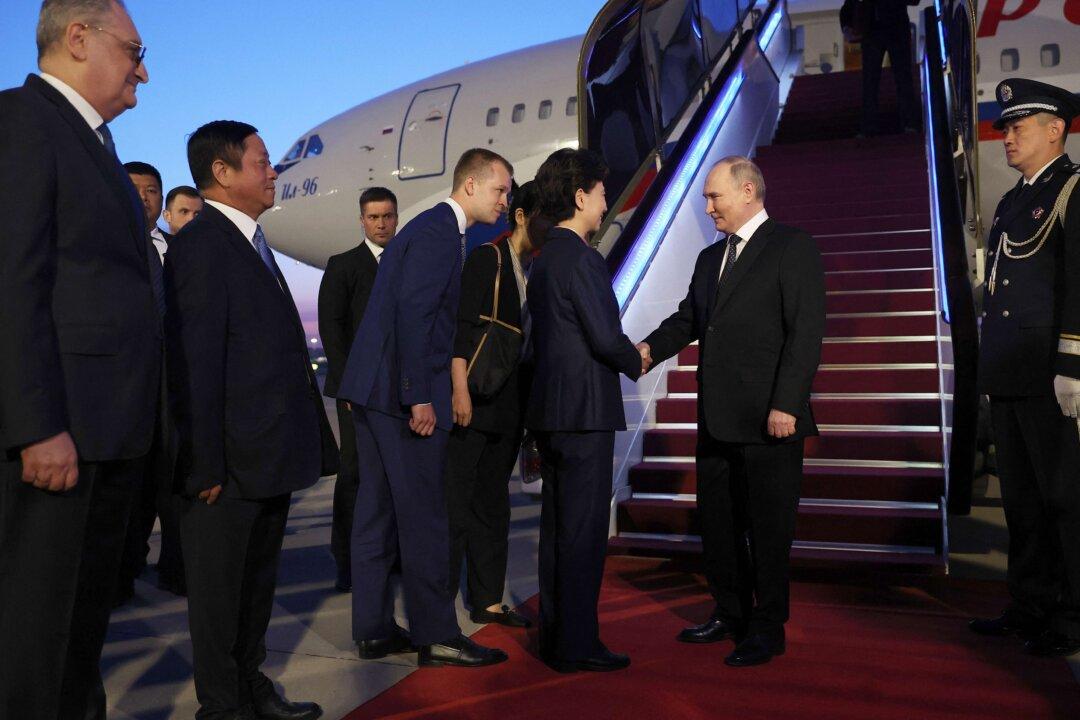History has many lessons for militaries. How militaries rise and fall in combat effectiveness and so determine the fate of nations is one of Clio’s salient lessons. They should be well studied by the U.S. military for their implications in the struggle against communist China.
An insight study of the rise and fall of the British army is explored in a new book by Richard Dannatt and Robert Lyman, “Victory to Defeat: The British Army 1918–40” (Osprey, 2023).
The essence of this was a hurricane bombardment of high explosive and gas to target trenches but also roads, artillery, and command centers, immediately followed by the advance of the stormtroopers to infiltrate rapidly and bypass resistance, which was to be mopped up by subsequent waves. These were deployed against the British Fifth Army under Gen. Hubert Gough, located on the British right or southern flank. The attack on a 46-mile front was intended to separate the British and French forces and drive the British to the Channel. The attack led to the Fifth Army’s near collapse. The story of the men of the British Fifth Army on the eve of the March offensive is well captured in R.C. Sherriff’s 1928 play, “Journey’s End,” an exceptional film adaptation of which was made in 2017, directed by Saul Dibb.
But the British recovered, and by August (Aug. 8, “the black day of the German army,” according to the de facto German military commander, Gen. Erich Ludendorff) from Amiens, they launched the British offensive of 1918, and the countdown to the “Hundred Days to Peace” would begin. The British sensed a chance to win the war in 1918, had made major gains against an increasingly demoralized foe, and pushed the Germans back beyond the Hindenburg Line. The German High Command accepted that the war was lost.
The reasons for the success of the British army were several. Still, the heart of their argument is the ability to “warfight,” that is, to use “all forces in a sophisticated, integrated and co-ordinated manner against a first-class enemy—one of the striking achievements of 1918—was egregiously allowed to wither on the vine and ultimately to be forgotten by the British Army during the inter-war years,” wrote Mr. Dannatt and Mr. Lyman in their book.
The authors show that the British lost that advantage, so the victory of 1918 would steadily decline until the humiliating 1940 defeat and evacuation from Dunkirk. The interwar years saw an economy imposed by the August 1919 “ten-year rule,” that Britain would not face a major war for ten years, thus keeping the lid on expenditure. In these years, the British army served as the imperial policeman from Ireland to the British Raj. They were not prepared to face the Germans in the Second World War.
“The two decades after 1918 had been wasted in directionless muddle. In 1939 the British Army had a half-baked conception of warfare, a mix of the pre-1918 linear concepts mixed with dollops of armoured [sic] warfare theory,” the authors wrote. At root, the British compounded their financial problems by “taking their eye off the ball after 1918 with respect to the need to understand—and master—the nature of fighting a future highly intensive war.”
The authors conclude that the British army failed because “it did not hold firm to those tactical, operational and doctrinal truths which it had mastered in 1918. It forgot the lessons of victory, and spent the following two decades in an intellectual, structural and doctrinal torpor.”
There are many lessons for the U.S. Army from this exceptional book, but three are most salient and provide an admonitory tale for the U.S. military today.
First, the great success of the U.S. Army in 1991 and 2003 in the Iraq wars was analogous to the great British victory in 1918. Still, the focus on counterterrorism and counterinsurgency was akin to Britain’s small wars of imperial and, thus, might set the stage for a 1940 equivalent.
Second, the military leadership centered on the low-intensity wars of the day rather than on the high-intensity warfare against China today. Year after year, the small war of today bested the need to prepare for the big war against China.
Third, the British failed to undertake careful assessments of its potential great power enemies—Germany, Italy, Japan, the Soviet Union, and even concern over France and the United States in the 1920s—against which it would have to deploy. The United States has made a similar misjudgment against China.
This book provides an excellent account of how the British army lost its way in the interwar years, not only due to the demands of the Exchequer but also due to the army’s leadership. Those are some of Clio’s lessons for the U.S. military today.







